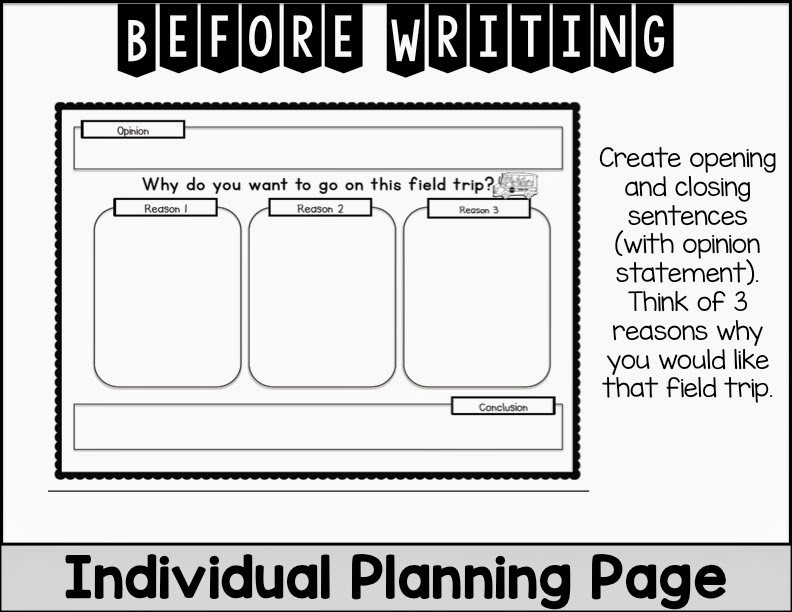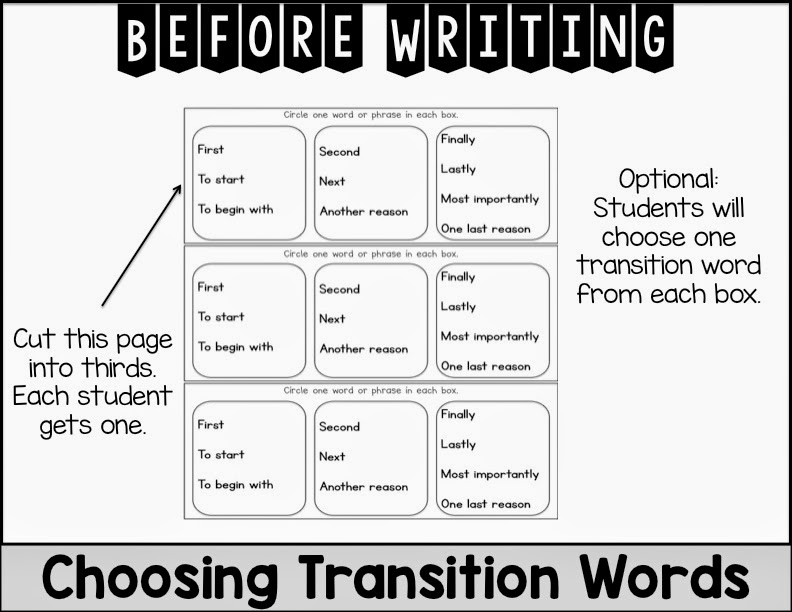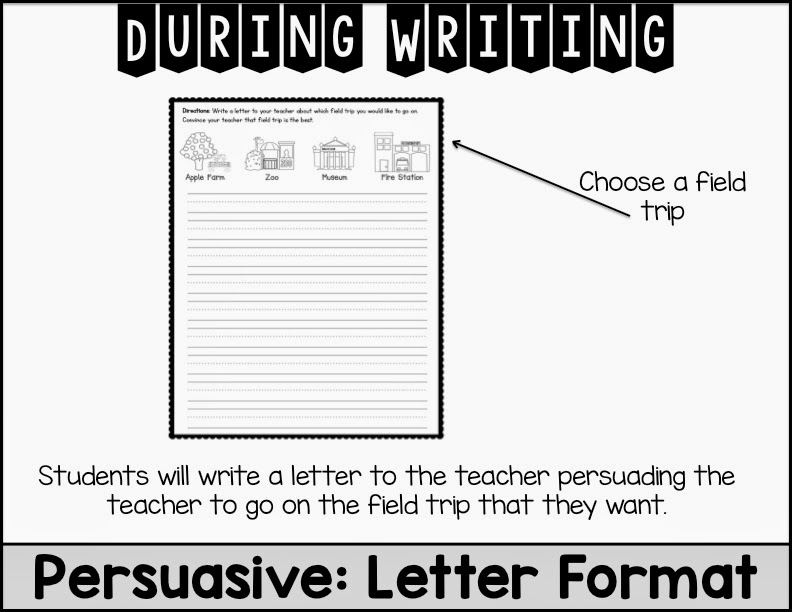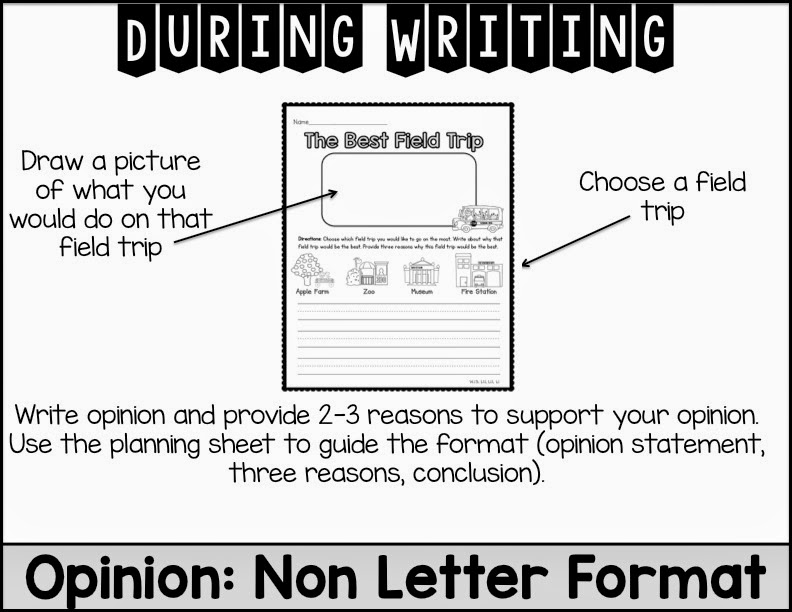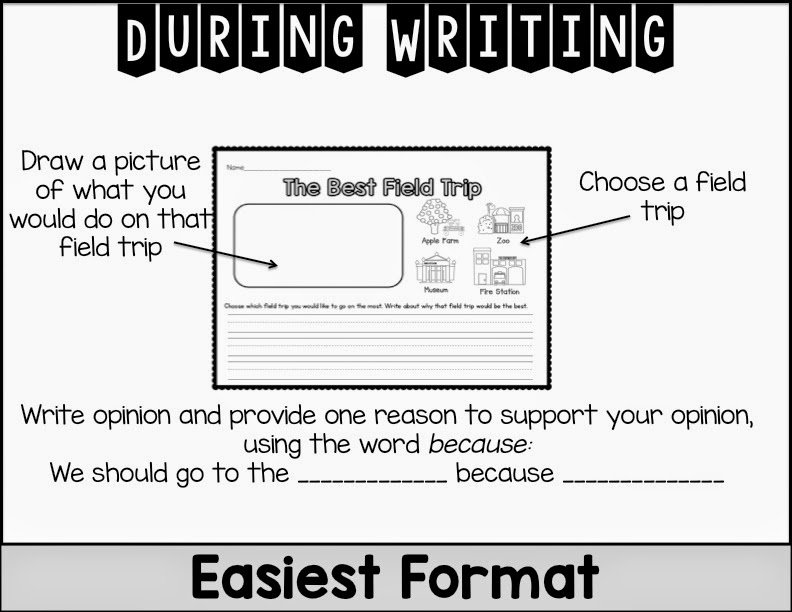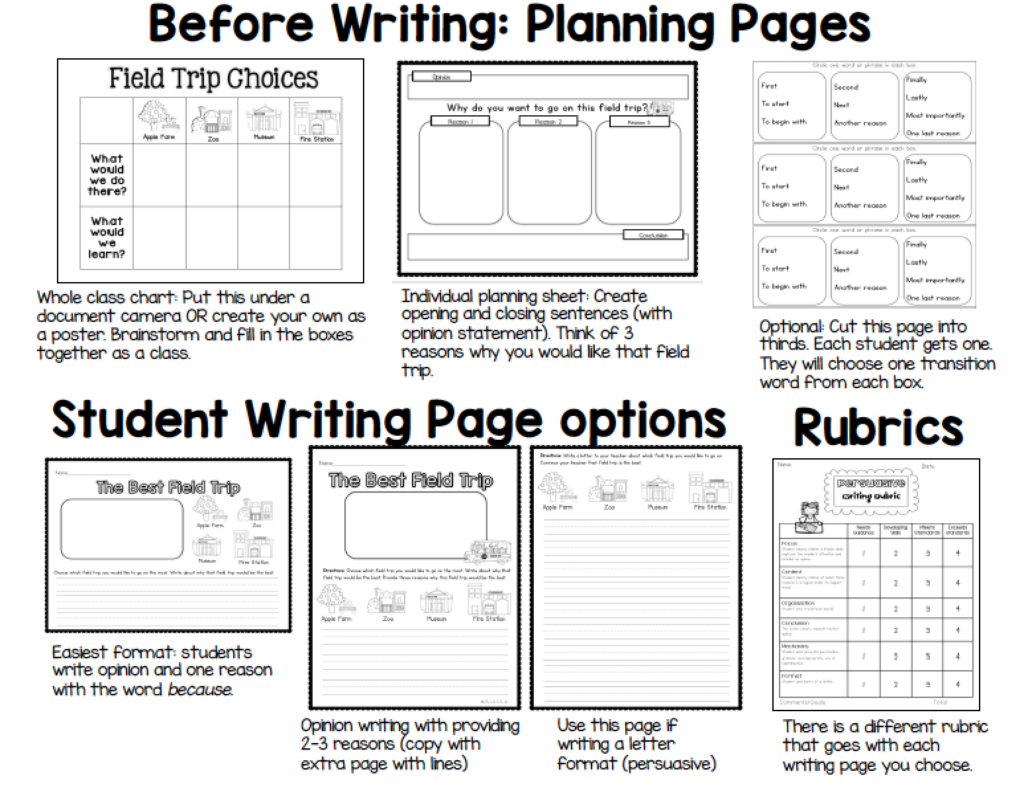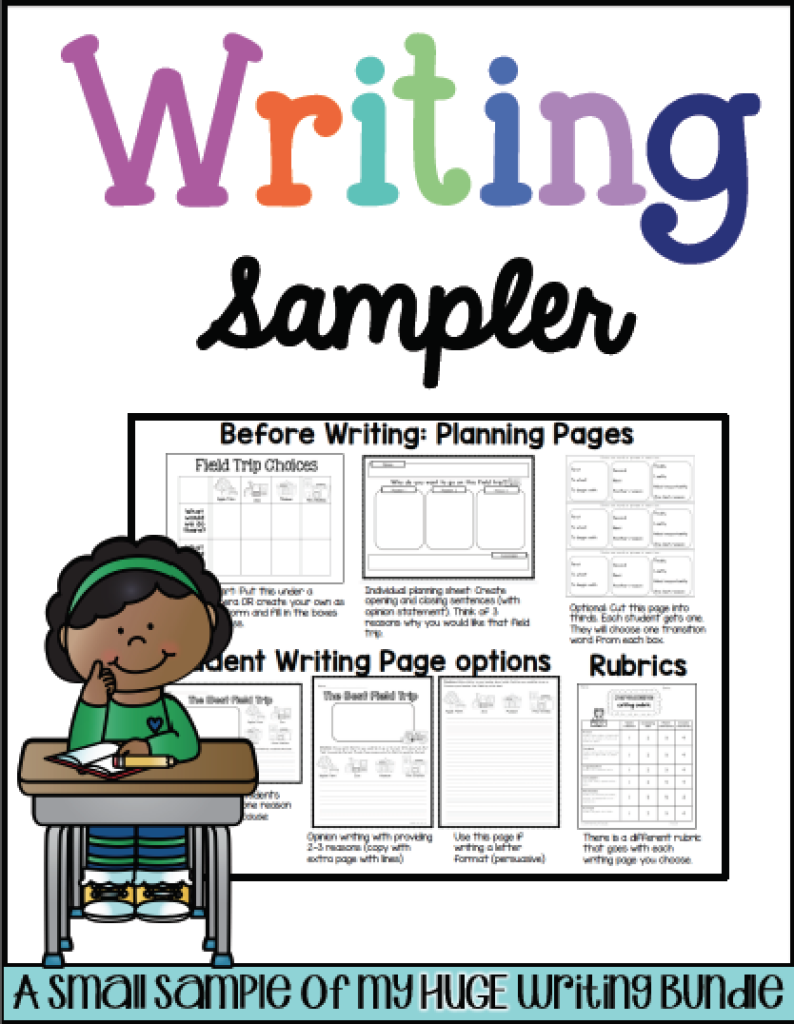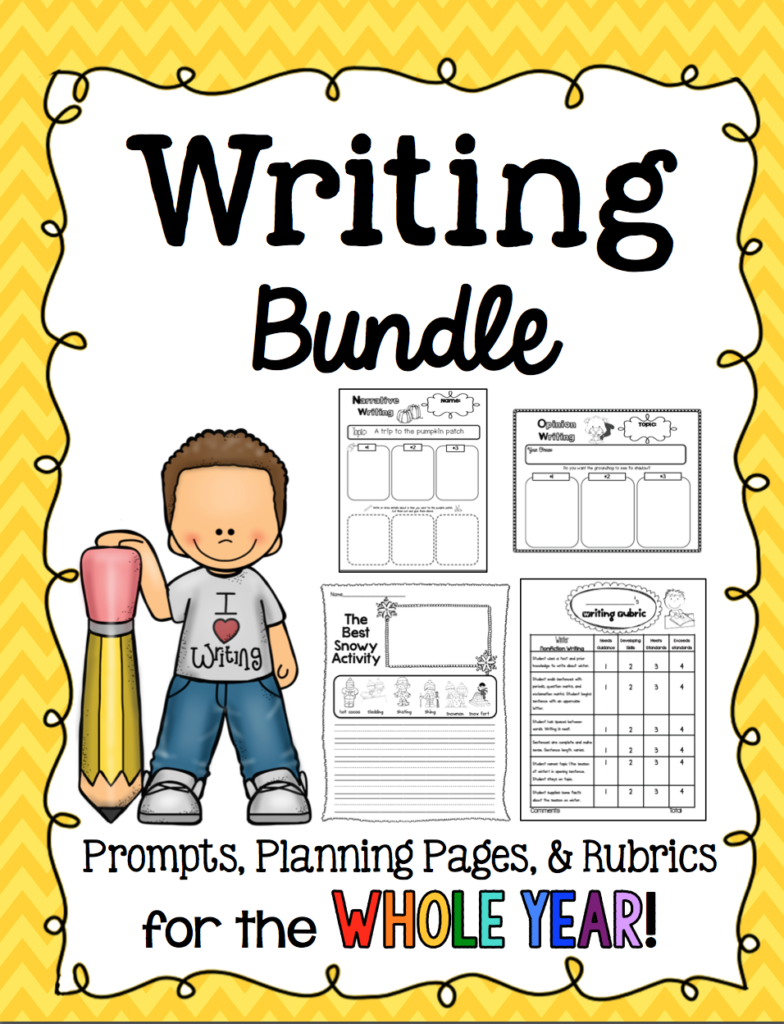K-2 Science of Reading Educational Resources
One of the things that I miss most about classroom teaching is teaching writing. Writing was always such a challenge to teach for various reasons, but I always enjoyed it. It always seemed like I would get super inspired during a writing lesson. I loved to watch the growth of my little firsties as the year progressed. You could always plan a writing lesson, but it would always take a turn because it’s all about the students! They all have different needs, different strengths and skills. Every mini lesson or writing task would open my eyes to something new I needed to teach. For some reason, it equally excited and panicked me. Ha!
Earlier this year a teacher at my school came to me asked for help with a writing assignment that she wanted to do for her class. She is an amazing writer and a phenomenal teacher, but was new this grade level, so she wanted to take her idea and make sure she was teaching it in an age appropriate way. I was more than excited to help!
The assignment: She wanted her kids to write her a persuasive letter, where they try to convince her to go on the field trip of their choice. Here’s what we came up with:
She made her own chart using chart paper that showed the choices they had. (She had different choices but since it was so long ago, I couldn’t remember them!) With this chart, you could brainstorm with the class things you would do on this field trip and what you could learn. That will help decide which is the best.
After doing that first chart, give your students time to talk. Yep. Talking time. Give it a little structure by instructing them to use the statements like, I think _________ would be the best field trip because… or We should go to ______________ because ______________. This individual student page with go to all the students, but first, I would make my own on chart paper. Explain each section. Use oral writing to model the format (almost like you are writing a paper in front of them but only with words.) Point to each section as you are speaking to where where you are at. Then give them time to talk again about possible reasons why they should go on their field trip.
This is an optional extra to guide them before writing so they can put in transition words. Have them choose one transition word from each box. Those words would then be used before each reason. If you haven’t done any lessons on transition words, you would need to spend more time on this part. 🙂 Again, give them opportunities to practice their sentences by giving them talking time. Have them point to their own planning page as they add in the transition words.
Now we are ready to write! This class used a letter format, so she had an additional lesson earlier about the parts of a letter.
If you haven’t gone over parts of a letter, you could use this format, which is more of an opinion writing page. (I would copy more lines on the other side obviously, so there was more room to write).
For those younger kids, I would use something like this:
You know I love rubrics! I create a rubric for each format above. Make sure your students see the rubric before they begin writing so they know what is expected. After filling out the rubric, talk to your students about goals. What is something that they can work on for next time? What is something that they did well? Keep track of these strengths and areas of growth. Provide time to talk with your students about how they can reach those goals. Then for the next assignment, refer back so you can remember what they are working on and how you can support them. 🙂
You can download this activity for free here or by clicking on the picture below.
If there is one thing I want to take away from this, it’s that writing is a process and not a worksheet. 🙂 Trust me, I’ve been guilty in the past of just assigning writing and not truly teaching/modeling it. Aaaaand, once you are done with a writing assignment, you have really just begun! 🙂
This is a sample of a much bigger pack of writing activities for the whole year! I took all of my writing activities from my various seasonal packs (with mixed skills) and put them all together. It’s over 300 pages! Planning sheets, writing pages, and rubrics are included.
Latest on Instagram
Latest on Facebook
3 months ago
🔎 Breaking Down the Word "Education"! 🧠✨![]()
![]() Let's take a look at how this word is built.
Let's take a look at how this word is built.![]()
![]() 📢 Sounds: The pronunciation of "education" isn’t as straightforward as it looks! The schwa /ə/ appears multiple times, and the "t" is pronounced like /sh/—a great example of how English words shift in spoken form.
📢 Sounds: The pronunciation of "education" isn’t as straightforward as it looks! The schwa /ə/ appears multiple times, and the "t" is pronounced like /sh/—a great example of how English words shift in spoken form.![]()
![]() 🔤 Graphemes: Graphemes spell sounds. They can be made up of one or more letters.
🔤 Graphemes: Graphemes spell sounds. They can be made up of one or more letters.![]()
![]() 🗣️ Syllables: Syllables have to do with how we pronounce a word. when we say "education", we break it up like this: ed-u-ca-tion. Syllables revolve around vowel sounds and each syllable has one vowel sound.
🗣️ Syllables: Syllables have to do with how we pronounce a word. when we say "education", we break it up like this: ed-u-ca-tion. Syllables revolve around vowel sounds and each syllable has one vowel sound. ![]()
![]() 🔍 Morphemes: Morphemes are the smallest unit of meaning.
🔍 Morphemes: Morphemes are the smallest unit of meaning.![]()
![]() e- (prefix) = "out" (assimilated from ex-)
e- (prefix) = "out" (assimilated from ex-)![]() duce (base) = "to lead"
duce (base) = "to lead"![]() -ate (verbal suffix) = "to make, cause"
-ate (verbal suffix) = "to make, cause"![]() -ion (noun suffix) = "state, act, result of"
-ion (noun suffix) = "state, act, result of"![]() So education literally means "the act of leading out"—a beautiful way to think about learning! 💡
So education literally means "the act of leading out"—a beautiful way to think about learning! 💡![]()
![]() 🧐 Etymology & Relatives:
🧐 Etymology & Relatives:![]() Rooted in the Latin verb ducere ("to lead"), "education" is connected to words like induce, deduce, introduce, conduct, and reduction—all related to movement and guidance!
Rooted in the Latin verb ducere ("to lead"), "education" is connected to words like induce, deduce, introduce, conduct, and reduction—all related to movement and guidance!![]()
![]() 📚 Teaching morphology helps students understand words deeply, making spelling, reading, and vocabulary stronger! How do you incorporate word study in your classroom? Drop your thoughts below! 👇
📚 Teaching morphology helps students understand words deeply, making spelling, reading, and vocabulary stronger! How do you incorporate word study in your classroom? Drop your thoughts below! 👇![]()
![]() Interested in learning more? Check out my blog post about morphology! Comment BLOG if you'd like the link.
Interested in learning more? Check out my blog post about morphology! Comment BLOG if you'd like the link.![]()
![]() #morphology #WordStudy #ScienceOfReading #Education #StructuredLiteracy
... See MoreSee Less
#morphology #WordStudy #ScienceOfReading #Education #StructuredLiteracy
... See MoreSee Less
3 months ago
Do you use blending lines for morphology? This resource has 60 pages of blending lines. Each page focuses on one base. (This set has bases that come from Latin roots.) ![]()
![]() Comment DECODE for the link.
... See MoreSee Less
Comment DECODE for the link.
... See MoreSee Less
3 months ago
FREEBIE! This decoding activity is engaging and effective.![]()
![]() Are you looking for activities to practice words with -ng or -nk (otherwise known as "Glued Sounds")? I have a resource packed with plenty of practice pages.
Are you looking for activities to practice words with -ng or -nk (otherwise known as "Glued Sounds")? I have a resource packed with plenty of practice pages. ![]()
![]() Comment "GLUED" to check this out. This page is a FREE sample in the PREVIEW of the resource. Just download the preview and print this page!
... See MoreSee Less
Comment "GLUED" to check this out. This page is a FREE sample in the PREVIEW of the resource. Just download the preview and print this page!
... See MoreSee Less
3 months ago
Do you use word matrices? I’m a big fan! They are the ultimate graphic organizers for word relatives! ![]()
![]() Comment “matrix” to see more like this! (Plus a digital version)
... See MoreSee Less
Comment “matrix” to see more like this! (Plus a digital version)
... See MoreSee Less
3 months ago
Comment “SENTENCES” if you’re looking for decodable sentences that could be used for phrasing. ![]()
![]() Do you have students who read in a choppy, word-by-word manner? Proficient readers group words together in meaningful phrases. A simple strategy can help developing readers do this, too!
Do you have students who read in a choppy, word-by-word manner? Proficient readers group words together in meaningful phrases. A simple strategy can help developing readers do this, too! ![]()
![]() “Scooping” words into meaningful phrases helps with fluency and comprehension! I’d also throw in that it can lead to word recognition because students are getting more reps with the sentence trying to figure out where phrases are and/or rereading to pause between scoops.
“Scooping” words into meaningful phrases helps with fluency and comprehension! I’d also throw in that it can lead to word recognition because students are getting more reps with the sentence trying to figure out where phrases are and/or rereading to pause between scoops. ![]()
![]() �✨ Beginning readers scoop fewer words at a time and more advanced readers scoop longer phrases for smoother, more natural reading. There isn’t always just one right answer. (For example, this first sentence would sound even better phrasing it like this: A man with a tie/has stain/on his coat.) The goal? Moving from choppy reading to fluent, expressive reading!
�✨ Beginning readers scoop fewer words at a time and more advanced readers scoop longer phrases for smoother, more natural reading. There isn’t always just one right answer. (For example, this first sentence would sound even better phrasing it like this: A man with a tie/has stain/on his coat.) The goal? Moving from choppy reading to fluent, expressive reading!![]() �
�![]() Older students may also use phrases as more of a comprehension strategy. I like to encourage my own middle schooler to break up super long sentences into phrases- comprehending one phrase at a time and building them together to comprehend the sentence.
Older students may also use phrases as more of a comprehension strategy. I like to encourage my own middle schooler to break up super long sentences into phrases- comprehending one phrase at a time and building them together to comprehend the sentence. ![]()
![]() Have you used scooping with your students?📖💡
Have you used scooping with your students?📖💡![]()
![]() #scienceofreading #structuredliteracy #iteachreading #readingfluency #fluencysnippet ##readingspecialist
... See MoreSee Less
#scienceofreading #structuredliteracy #iteachreading #readingfluency #fluencysnippet ##readingspecialist
... See MoreSee Less

